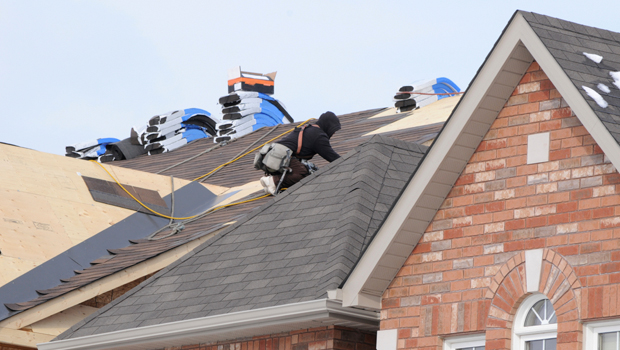Membrane structures are slowly claiming their place as an emerging, formidable roofing alternative. Why use membranes?
Sustainable Building
Sustainability is today a major consideration when pondering any construction project. Sustainable buildings majorly rely on using renewable resources, whether in construction or other amenities. Today, no construction material offers sustainability like membranes. The ultimate sustainable structure must minimize environmental damage, reduce carbon footprint and still serve its purpose effectively. As an environmentally friendly construction material, membranes offer this and more merits.

The emergence of membranes as a sustainable construction material can be traced back to the 1960s. Back then, membranes were mostly used for temporary structures. Architecture and builders loved them for their ability to enclose large spaces with minimal support. Pioneering companies towards this end included DuPont and later on Vector Foiltec. But these early temporary expositions gave rise to an industry that has picked pace today.
Fabric structures such as Teflon and Texlon have proved themselves as formidable construction materials. Lasting more than 30 years, membranes have found quality usage in malls, airports, sports facilities, train station platforms etc. Their use in residential areas is also gaining momentum as more people opt for membranes.
Stunning architecture
Membranes today allow architects to create stunning buildings. Designs that would otherwise be almost impossible to build using traditional materials are now possible. Examples include London’s Biomes project, the Aquatics Center and Beijing’s Water Cube. These amazing structural achievements leverage membranes to create an airy internal design. The airy ambiance is attained from the quality light transmission properties of membranes or fabrics.
If looking for an external ambiance in an internal setting, membranes are appropriate. The world has come a long way from days of ignorance on global warming. Membranes help reduce the carbon footprint by incorporating energy efficiency. Rather than use numerous bulbs to light up large spaces such as sporting facilities, natural light is instead leveraged.
Furthermore, the membranes can be treated differently to give varying light transmission properties. Procedures used include fritting, tinting and surface treatments. There are numerous benefits for choosing membranes over traditional materials when embarking on a construction project. Simplified form finding ensures you get to build your dream structure, whether house or temporary structures.
Other key benefits of membranes
The most important benefits of membranes are durability and lower construction costs. In terms of durability, most fabrics last not less than three decades. Some fabrics can even last five decades depending on materials used during manufacture. Generally, most membranes are treated against UV and visible light, fire, corrosion and even staining. Membranes made out of materials such as PTFE and ETFE are self cleaning.
In terms of cost reductions, membranes require minimal steelwork as support. Traditionally, construction of major projects has remained expensive because of steel work and concrete. Steel work has to be fabricated away from the site and then ferried for use. This further increases construction costs as transport has to be considered. When using fabrics, the support is required is reduced and the structure can be simply joined together on site. The overall reduction in the cost of steelwork and concrete is considerable.
Vector Foiltec invented the use of Texlon found in membrane structures. Impressive offices, stadiums, and transport buildings have been developed by Vector-Foiltec.

